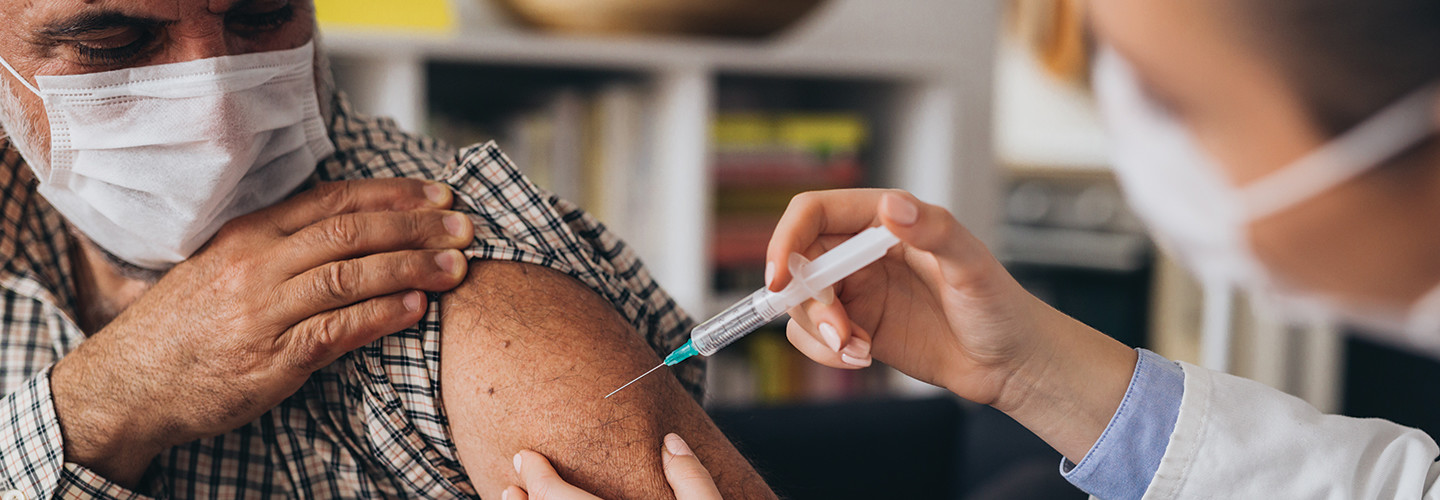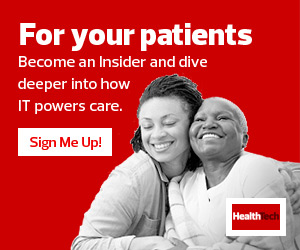Key Use Cases for IT in the Vaccine Rollout
IT systems will be called on in a variety of ways to support the most important vaccination program since the fight against polio in the 1950s and ’60s. This will include:
Physical security for vaccine storage: Continuous monitoring of the vaccines is required to ensure their physical integrity. The use of sensors and cameras through infrastructure such as Cisco Meraki cloud-based networking provides a secure environment for vaccine storage. These solutions also offer quality control monitoring and real-time detection alerts.
Supply chain logistics: Operation Warp Speed requires the seamless delivery and storage of the vaccine at distribution centers. The Pfizer vaccine must be kept at -70 degrees Celsius; Moderna at -20 C. Supply chain software will ensure that these conditions are met as the vaccines are produced, shipped, stored and administered to minimize the chance that doses must be disposed of without being used.
Mobile vaccine distribution: Curbside, drive-through or in-field vaccine delivery offer the chance to speed up distribution. Meraki cellular gateway solutions enable organizations to set up mobile networks outside of traditional pharmacies and doctors’ offices at any location with a cell signal, which can be used to support pop-up vaccine distribution sites.
Tracking vaccination targets: Healthcare organizations are focusing on vaccinating specific groups first. Electronic health records and geographic information systems are instrumental in making sure the vaccine gets quickly to healthcare providers on the front lines, essential workers in high-risk fields and people with high-risk medical conditions, such as the elderly.
Tracking vaccination recipients: Both the Pfizer and Moderna vaccines require two doses, several weeks apart. EHRs will be essential in keeping track of who has received a first dose and scheduling follow-up inoculations to optimize efficacy.
Traffic flow and store safety: Smart networks also enable vaccine distribution centers to monitor patient movement and those waiting in line in crowded areas to better manage traffic flow and safe queuing. These solutions can also provide capabilities such as real-time face-mask detection and indoor/outdoor video surveillance.
Working with government and commercial partners: Government agencies at the federal, state and local levels are involved in the vaccination effort, as well as retail operations such as CVS and Walgreens. Healthcare organizations are using IT systems (including GIS mapping tools) that can operate with these entities.
IT Solutions Will Continue Even After Vaccination
Once the vaccine has been administered, healthcare officials must use data analytics tools to track its effectiveness and monitor side effects and other potential issues. Collecting data on adverse reactions will help officials to better understand where the risks lie and how to mitigate them.
READ MORE: Discover 5 ways IT teams can save money during COVID-19.
Statistics from the Centers for Disease Control and Prevention indicate that individuals over 65 are at an elevated risk of hospitalization and death due to COVID-19. The pandemic has also had a massive impact on the U.S. economy, leading to the loss of 11 million jobs and a huge economic contraction. By rolling out and administering the vaccine more efficiently through the effective use of technology solutions, healthcare organizations can turn the tide against both of these negative trends.
This article is part of HealthTech’s MonITor blog series. Please join the discussion on Twitter by using #WellnessIT.










